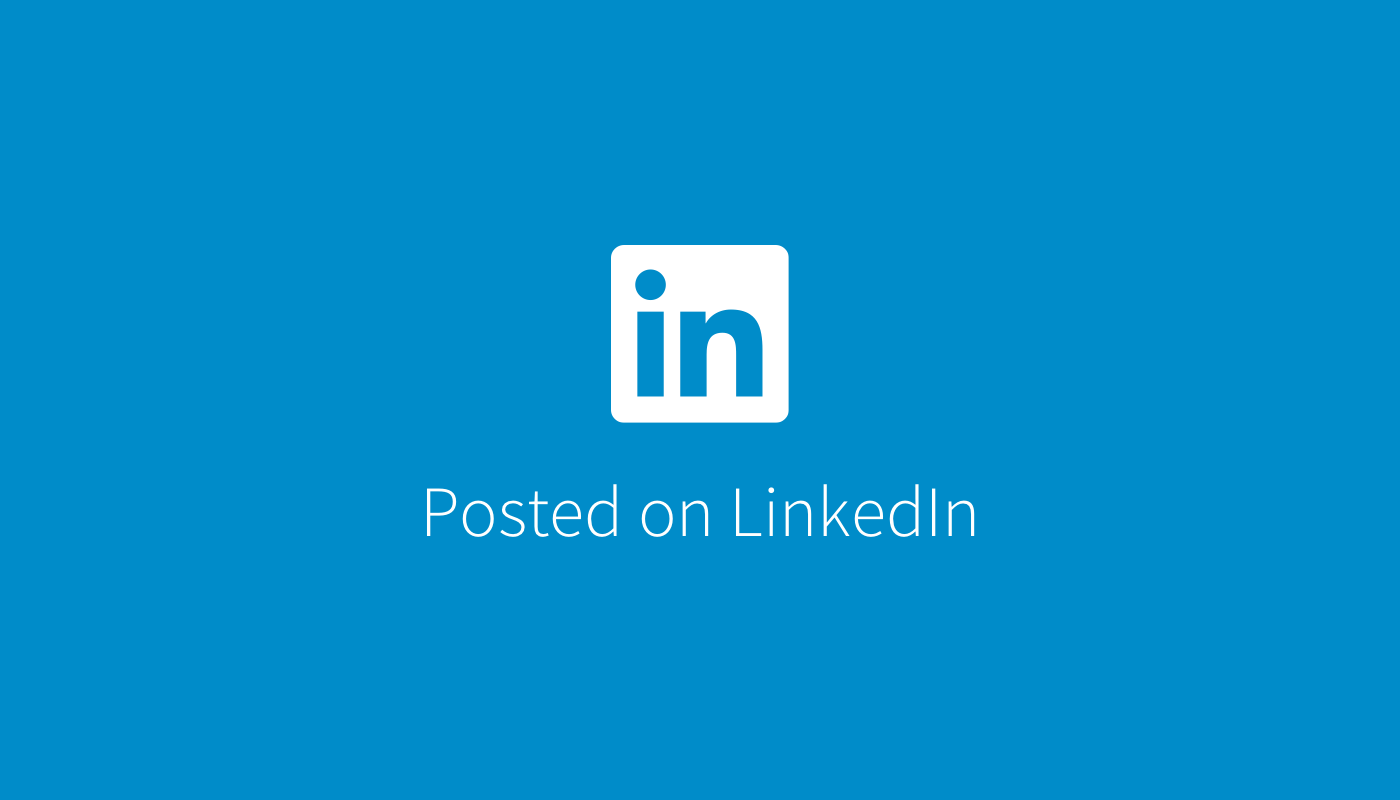Oman's Islamic Banking Surge: The $19.5 Billion Opportunity Reshaping Gulf Finance
Oman's banking sector faces upheaval. Islamic finance surges 13.2%, but why? Discover the $19.5B opportunity reshaping Gulf finance. #Islamicfinace #FinancialInnovation

In the heart of the Gulf, a financial revolution is quietly unfolding. Oman's Islamic banking sector, once a niche market, has exploded into a $19.5 billion powerhouse, reshaping the country's financial landscape and sending ripples across the region. This unprecedented growth is not just a local phenomenon; it's a harbinger of sweeping changes in the global financial order, with far-reaching implications for investors, bankers, and policymakers alike.
As traditional banking models face increasing scrutiny and volatility, Islamic finance emerges as a beacon of stability and ethical investment. Here we will see Oman's Islamic banking boom, dissect the drivers behind its meteoric rise, analyse its impact on the broader economy.

The Rise of Shariah-Compliant Finance: A Paradigm Shift in Omani Banking
Oman's Islamic banking sector has experienced a seismic shift, with assets skyrocketing by 13.2% year-over-year to reach a staggering $19.5 billion. This growth isn't just impressive; it's transformative, representing a fundamental change in how Omanis perceive and interact with financial institutions.
Key growth indicators:
• Total assets: 7.5 billion Omani riyals ($19.5 billion)
• Market share: 17.7% of Oman's total banking sector
• Annual growth rate: 13.2%
This rapid expansion signals more than just numbers on a balance sheet; it reflects a deep-seated shift in consumer trust and preferences. Islamic banks are resonating strongly with a population increasingly wary of conventional banking practices.
The growth we're seeing in Oman's Islamic banking sector is unprecedented in the region. It's not just about religious compliance; it's about a banking model that aligns with people's values and offers perceived stability in uncertain times.
Implications for finance professionals:
• Opportunity to specialize in a high-growth sector
• Need for expertise in Shariah-compliant financial products
• Potential for cross-border expansion as the model gains traction globally

Financing and Deposit Dynamics: Unveiling Consumer Confidence
The robust 12% annual increase in financing, totaling 6.3 billion riyals ($16.4 billion), coupled with a remarkable 15.9% growth in deposits, paints a picture of burgeoning consumer confidence in Islamic financial institutions.
Financing and deposit breakdown:
• Total financing: 6.3 billion riyals ($16.4 billion)
• Total deposits: 5.8 billion riyals ($15.1 billion)
• Deposit growth rate: 15.9%
This trend indicates not just a willingness to borrow but also a strong inclination to save and invest within the Islamic banking framework. The fact that deposit growth outpaces financing suggests high liquidity and a solid foundation for future expansion.
The faster growth in deposits compared to financing indicates a potential untapped market for Shariah-compliant investment products. Banks that can innovate and offer attractive investment options stand to capture significant market share.
Opportunities for finance professionals
• Develop new Shariah-compliant investment products
• Focus on liquidity management strategies
• Explore sukuk (Islamic bonds) issuance to leverage high deposit rates

Broad Money Supply and Economic Implications
The 12% year-on-year growth in Oman's broad money supply, reaching approximately 23.6 billion riyals, provides crucial context for the Islamic banking boom.
behaviour
• Total money supply: 23.6 billion riyals ($61.3 billion)
• Narrow money (M1) increase: 7%
• Quasi-money increase: 13.9%
The significant growth in quasi-money (13.9%) compared to narrow money (7%) suggests a shift towards longer-term savings and investments. This trend aligns perfectly with the principles of Islamic finance, which emphasize real economic activity and discourage speculative behaviour.
The growth in money supply, particularly in quasi-money, indicates potential for economic expansion. Islamic banks, with their focus on asset-backed financing, are well-positioned to channel this liquidity into productive sectors of the economy.
Strategic considerations for finance professionals:
• Focus on developing long-term investment products
• Explore partnerships with real estate and infrastructure projects
• Analyze potential inflationary pressures and adjust strategies accordingly

Competitive Landscape: Conventional Banks Respond
The rise of Islamic banking has not gone unnoticed by conventional banks, leading to a competitive reshuffling of the financial landscape.
Interest rate shifts:
• Conventional deposit rates: 2.19% → 2.58% (+39 bps)
• Conventional loan rates: 5.36% → 5.60% (+24 bps)
This upward pressure on interest rates indicates intensifying competition for deposits and high-quality borrowers. Conventional banks are being forced to offer more attractive rates to retain customers, potentially narrowing their profit margins.
Beyond Banking: Economic Diversification and Energy Sector Trends
The Islamic banking boom in Oman is occurring against a backdrop of broader economic shifts, particularly in the energy sector.
Key energy sector trends:
• Overall refinery output: -0.4% YoY
• Premium fuel production: +12% (5.40M barrels)
• Jet fuel production: +13.5% (4.75M barrels)
• Regular fuel production: -5.2% (6.67M barrels)
These figures reflect evolving economic activities and could significantly influence Islamic banks' financing strategies. The increase in premium and jet fuel production suggests growth in high-end consumption and aviation, potentially opening new financing opportunities.
"The shift in fuel production patterns is indicative of Oman's broader economic diversification efforts. Islamic banks, with their emphasis on tangible asset-backing, are uniquely positioned to finance this transition."
Opportunities for Islamic finance:
• Develop Shariah-compliant products for the aviation and tourism sectors
• Explore green sukuk issuances to finance sustainable energy projects
• Structure innovative financing solutions for SMEs in emerging sectors
Future Implications:
As Oman's Islamic banking sector continues its trajectory of double-digit growth, several key trends are likely to shape its future:
- Digital transformation: Islamic banks will need to invest heavily in fintech solutions to remain competitive and appeal to younger, tech-savvy consumers.
- Sustainable finance: The alignment between Islamic finance principles and ESG criteria presents a significant opportunity for growth in green sukuk and sustainable investment products.
- Regional expansion: Oman's Islamic banks may look to expand into other GCC countries, leveraging their expertise and the growing demand for Shariah-compliant products.
- Regulatory evolution: Expect continued refinement of Shariah governance frameworks to ensure consistency and build trust in the sector.
- Product innovation: The development of more sophisticated Islamic financial instruments will be crucial to meet the evolving needs of businesses and investors.

So what's next?
Oman's Islamic banking revolution is more than just a local success story; it's a glimpse into the future of finance in the Gulf and beyond. With its emphasis on ethical investment, real economic value, and stability, Islamic finance offers a compelling alternative to conventional banking models. As the sector continues to grow and evolve, it presents unparalleled opportunities for finance professionals who are prepared to embrace its principles and innovate within its framework.
The $19.5 billion Islamic banking sector in Oman is not just reshaping the country's financial landscape; it's laying the groundwork for a more resilient, inclusive, and sustainable economic future. For finance professionals, the message is clear: ignore this trend at your peril. Those who can navigate the intricacies of Shariah-compliant finance and harness its potential will be at the forefront of a financial revolution that's only just beginning.
As we stand on the cusp of this new era in Gulf finance, one question remains: How will you position yourself to ride the wave of Islamic banking's meteoric rise?
Disclaimer: The views expressed in this blog are not necessarily those of the blog writer and his affiliations and are for informational purposes only.
If you found this blog post insightful, don’t forget to subscribe to our website for more updates. Your subscription will help us continue to bring you the latest insights. And if you think this post could benefit others, please feel free to share it. Let’s spread the knowledge together!
Share this article with your colleagues and join the conversation on LinkedIn.



